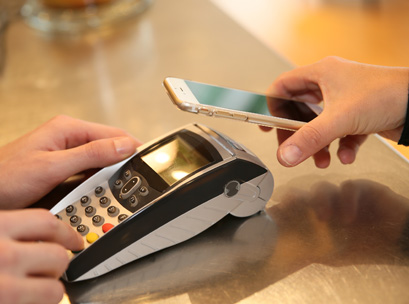Rising consumer demand for quick and convenient shopping experiences is driving businesses to embrace new forms of digital payments. The trend began with the shift from cash to card. Debit card purchases increase 87 per cent from 2012 to 2017, but it’s unlikely to stop at debit cards, as Roy Morgan recently predicted. Not only are we heading towards a cashless society, but a cardless one too. And supermarkets are leading the charge, with Woolworths and Coles recently extending their digit
al payment offerings to apps, including Apple’s digital wallet and Google Pay. Meanwhile, ‘buy now, pay later’ apps such as Afterpay and ZipPay are increasing in popularity, with hundreds of retailers across Australia now offering such services both in store and online
As digital payment services become the norm, customers will continue to demand flawless digital experiences, placing pressure on retailers to ensure their applications are always performing to an optimal standard. Organisations that don’t do this will pay the price.
Bridging the gap
With the future of retail increasingly moving online, traditionally physical retailers are incorporating digital payment systems and other online strategies such as personalised advertising, in order to entice customers and increase sales.
For instance, Myer has developed a store credit card that customers can use, which offers both Apple Pay and Android Pay. Technologies such as these are bridging the gap between physical and digital retailers and allowing physical retailers to stay competitive in the shift to digital.
However considering the use of new digital technologies, retailers must ensure they build infrastructures that can scale and support a multitude of digital payment options, giving customers a breadth of choice to pay how they prefer.
Flawless digital experiences
The consequences of inconvenient and glitchy payment systems can be dire for a brand. Indeed, more than half of Australian consumers claim to have received a disconnected experience from a retail brand, with 67 per cent saying disconnected experiences would lead them to consider changing to a different vendor.
Hence, those brands that do engage customers with quick and easy digital payments services can help improve brand loyalty and take them on multi-channel journey across the digital and physical worlds.
Clearly, user experience is becoming increasingly important to developing long-term relationships with customers and contributing to business outcomes, rather than simply enabling transactions between customers and brands to take place.
Simon Horrocks is regional vice president ANZ at AppDynamics.

